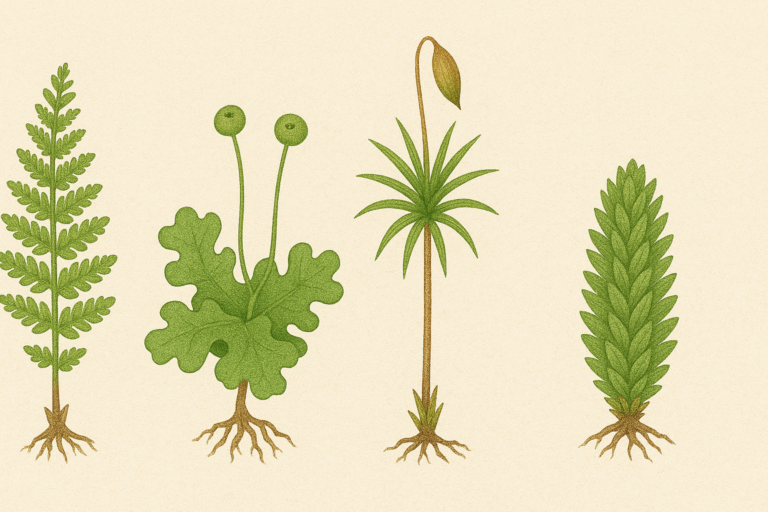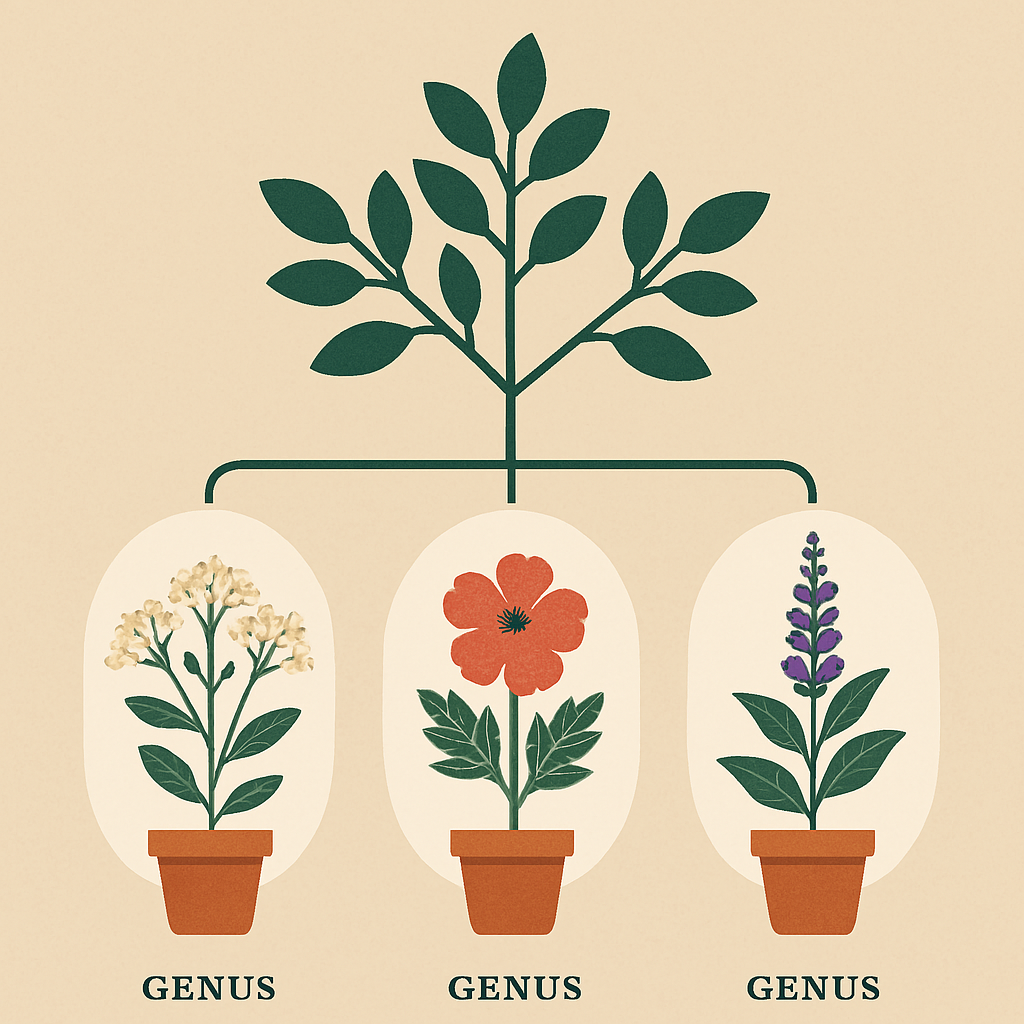
Botanical families comprise a significant part of the plant kingdom and are critical to understanding plant taxonomy and biology.
This article will delve into ten important botanical families, their key characteristics, and their cultivation requirements.
1. Asteraceae (Daisy Family)

As the largest family of flowering plants, Asteraceae boasts over 23,000 species, including the common sunflower and daisy. Their recognizable composite flowers, made up of many smaller florets, are their key identifying feature. Cultivation largely depends on the species but most prefer full sun and well-draining soil.
2. Orchidaceae (Orchid Family)
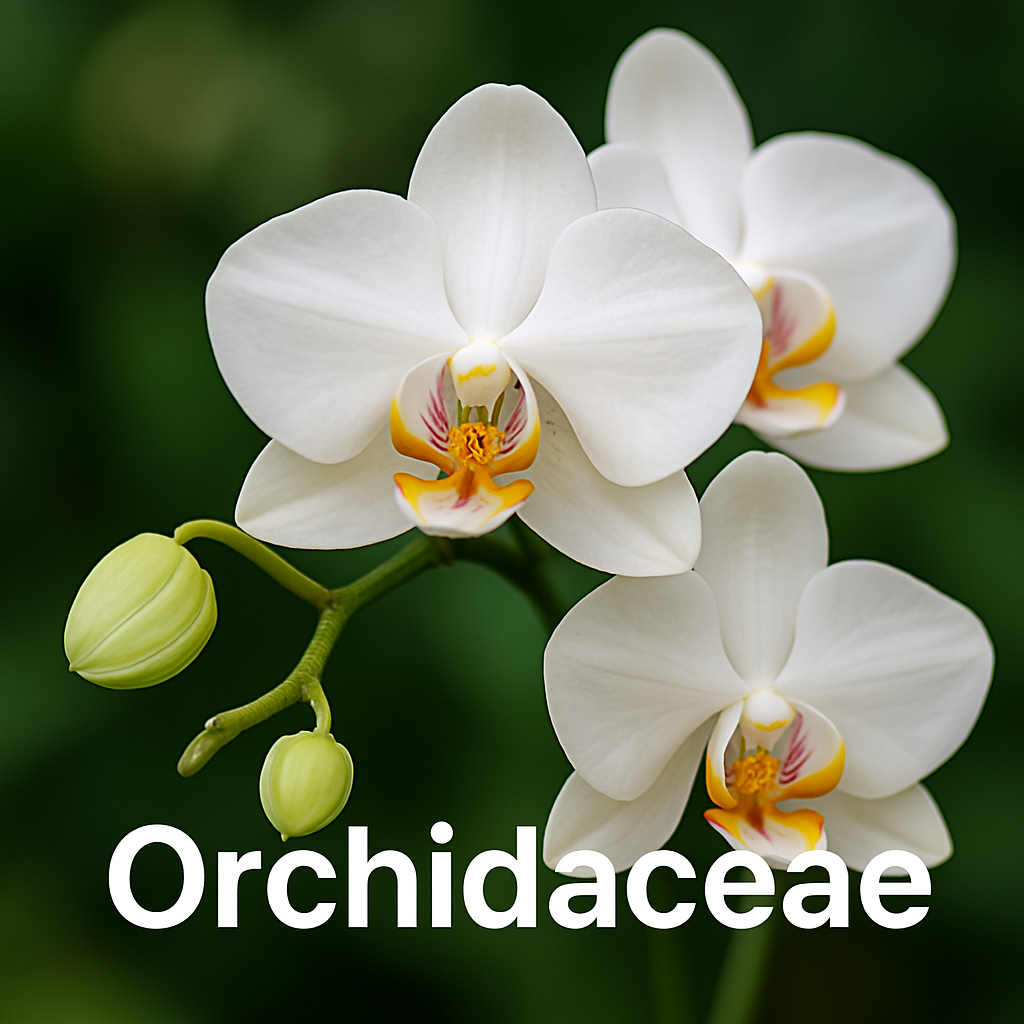
The Orchidaceae family, with over 28,000 species, is among the largest and most diverse botanical families. Orchids are recognized by their unique flower structure, often with a labellum, or “lip,” and two lateral petals. Orchid cultivation can be complex, requiring specific humidity, temperature, and light conditions.
3. Fabaceae (Legume Family)
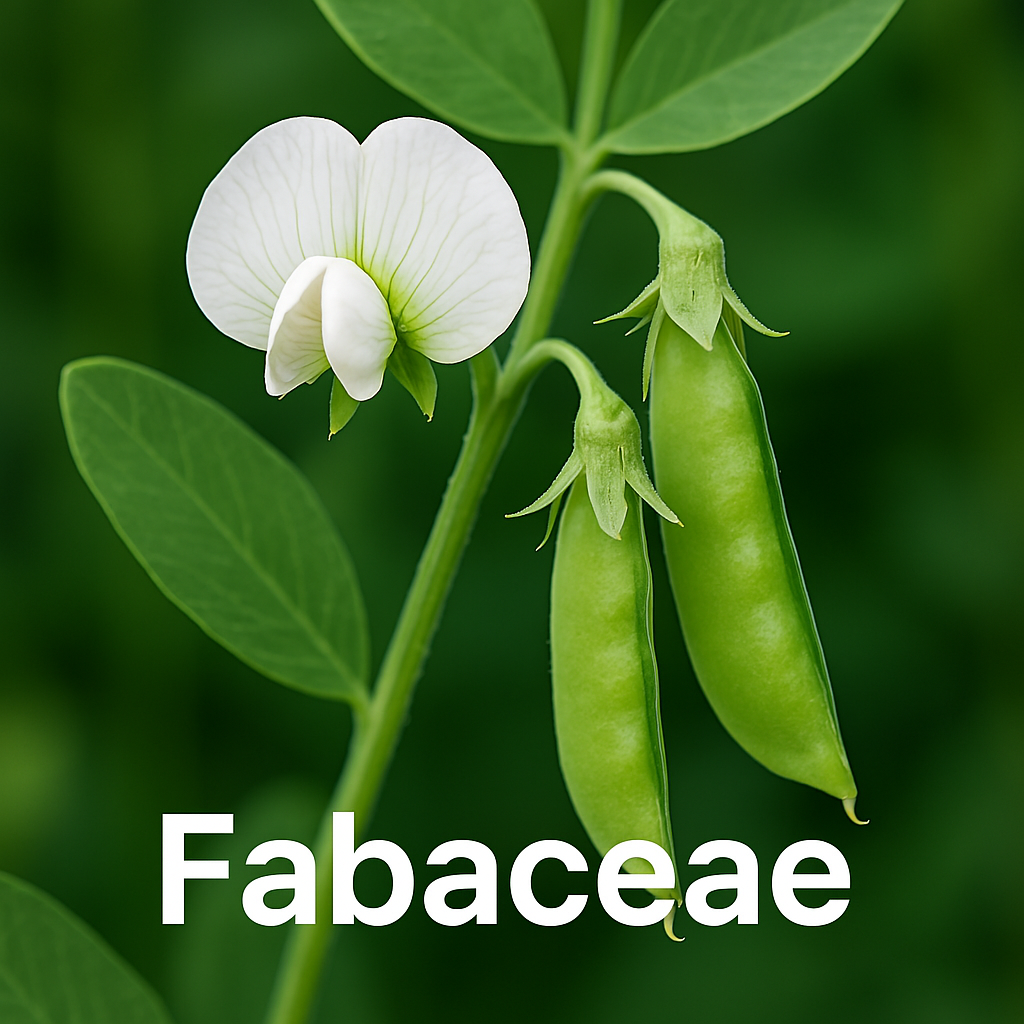
Fabaceae, or legume family, includes essential food crops like peas and beans. They are recognized by their fruit (legumes) and pinnately compound leaves. Most legumes prefer full sun and well-draining soil, and they enrich the soil through nitrogen fixation.
4. Poaceae (Grass Family)
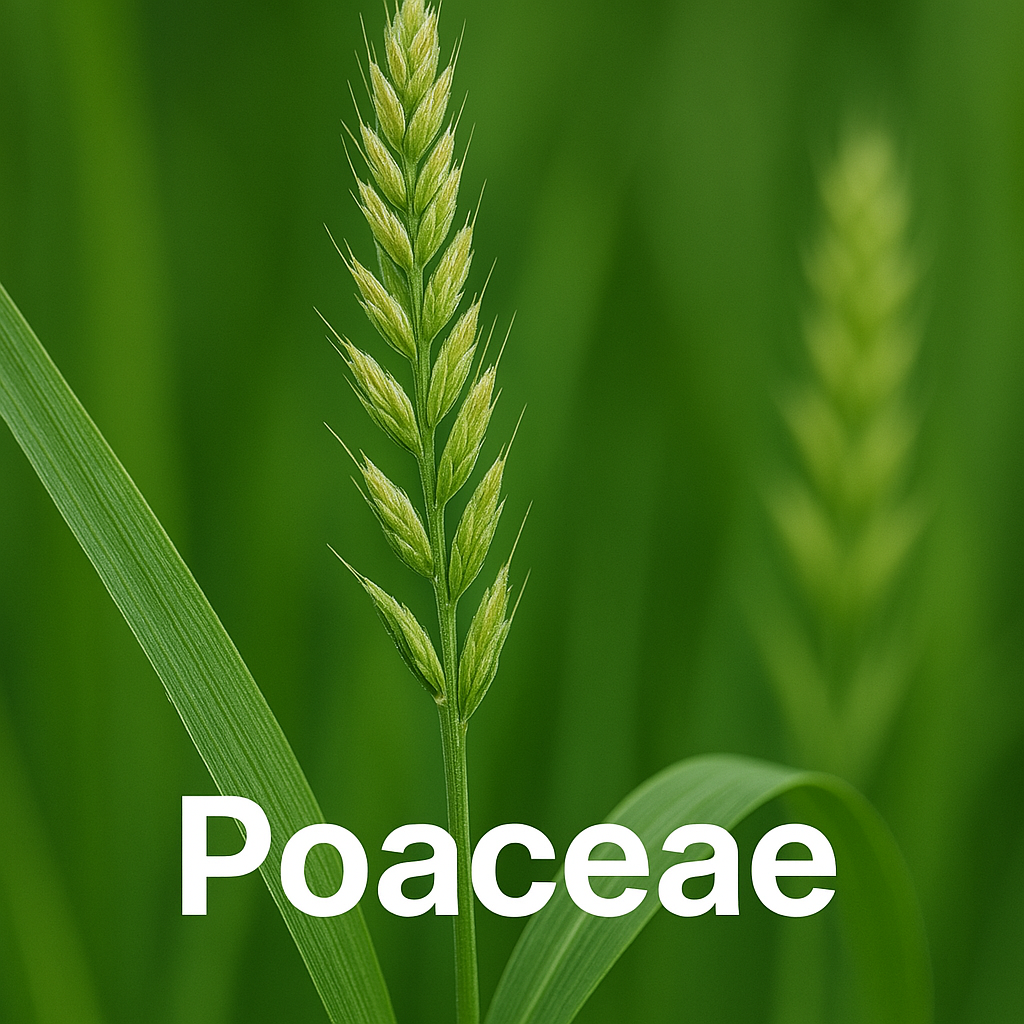
Poaceae, the grass family, is of great ecological and economic importance, including species like wheat and rice. Grasses have slender, elongated leaves and unique flower structures called spikelets. Grass cultivation varies widely based on the species and use.
5. Rosaceae (Rose Family)

The Rosaceae family is known for its ornamental and fruit-bearing species, like roses and apples. Flowers typically have five petals and numerous stamens. Cultivation practices depend on the species, but many require full sun and regular pruning.
6. Lamiaceae (Mint Family)

The Lamiaceae family includes herbs like mint and basil. They are recognized by their square stems and opposite leaves. Many species prefer full sun and regular pruning to encourage bushy growth.
7. Solanaceae (Nightshade Family)
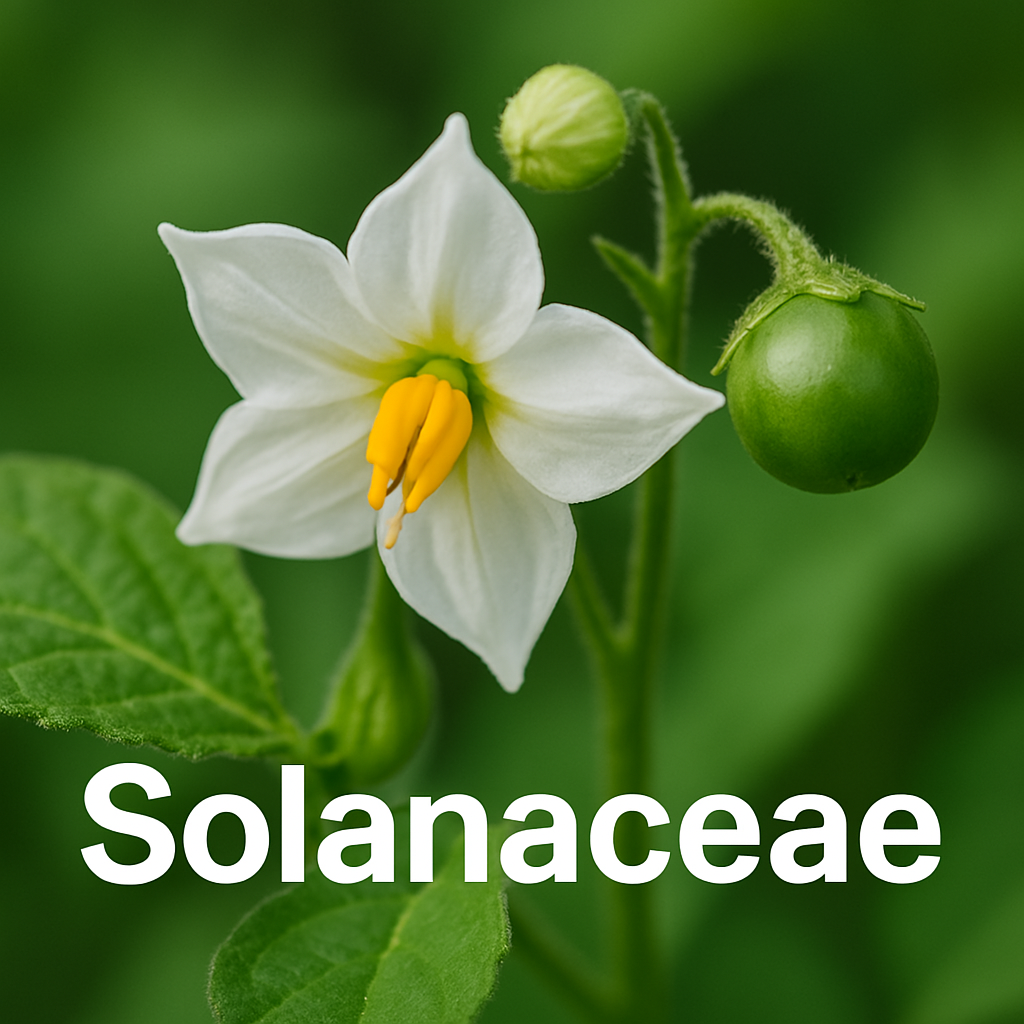
The Solanaceae family includes both edible plants (like tomatoes) and toxic ones (like belladonna). They are recognized by their five-part flowers and often bear berries. Cultivation varies, with many requiring full sun and regular watering.
8. Rutaceae (Rue Family)

The Rutaceae family includes citrus fruits like lemons and oranges. They often have aromatic leaves and flowers with numerous stamens. Citrus trees require warm climates and well-draining soil.
9. Apiaceae (Carrot Family)

The Apiaceae family includes vegetables like carrots and herbs like parsley. They have umbrella-like flower structures called umbels. Many require full sun and deep, well-draining soil.
10. Brassicaceae (Mustard Family)

The Brassicaceae family includes vegetables like cabbage and broccoli. They have cross-shaped flowers, which gives them their other name, Cruciferae. Most require full sun and cool temperature.
Bibliografia
This comprehensive guide is built on the scientific standards of authoritative sources like Kew, NCBI, and IUCN, among others:
1. The Plant List.
2. Kew Science.
3. International Union for Conservation of Nature.
4. Food and Agriculture Organization of the United Nations.
5. PubMed.
6. ScienceDirect.


